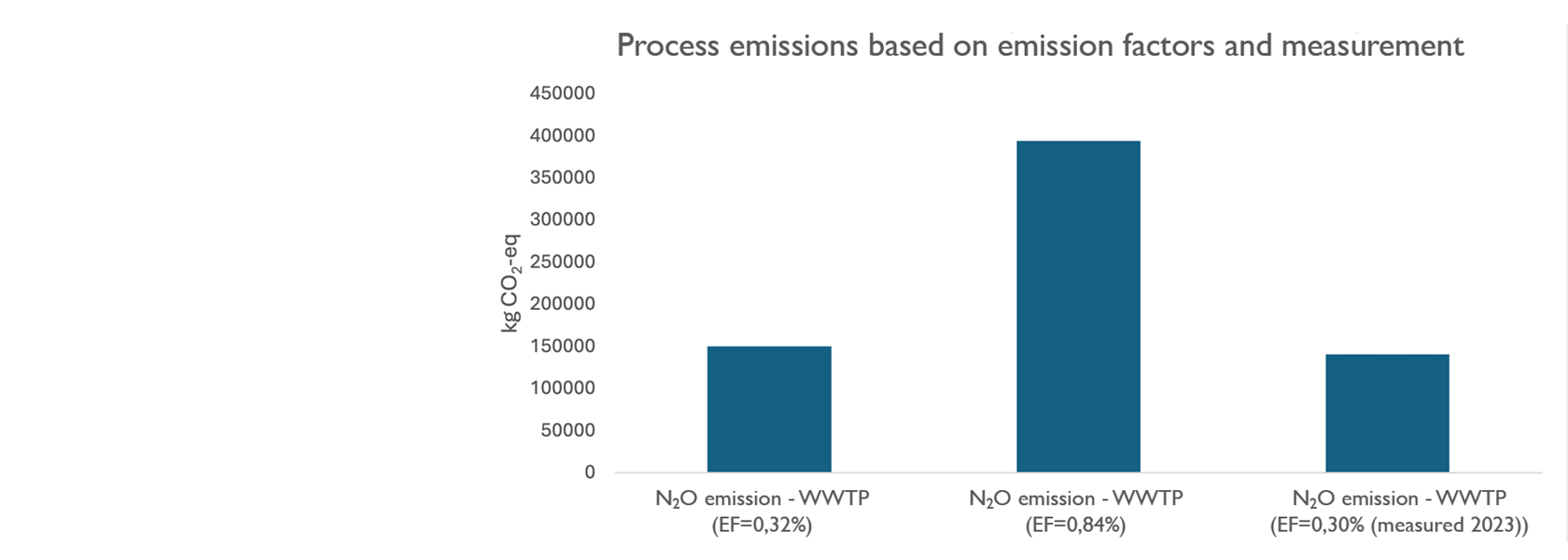Nitrous Oxide Data Directly from Sensor to Sustainability Report

In March 2021, Kerteminde Forsyning (WWTP) commissioned a report identifying baselines and hotspots for process emissions. The report used the default emission factor of 0.32% for nitrous oxide emissions, which accounted for 34% of total emissions in 2020.
However, in 2020, the Danish Environmental Protection Agency conducted a Danish measurement campaign. Based on the measurements, a new Danish emission factor was determined to be 0.84%. The change would mean an increase in Kerteminde Forsyning's nitrous oxide emissions of approximately 250,000 kg CO2-eq.
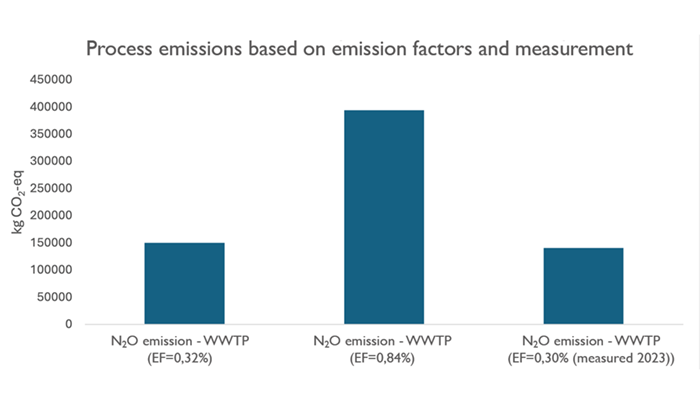
Located on the east coast of Funen, Kerteminde Forsyning operates a wastewater treatment plant that treats wastewater from the municipality and the entire catchment area. The wastewater is treated mechanically, then chemically, and finally biologically, after which it is discharged into Romsøsund.
The utility has set a goal of reaching climate neutrality by 2030, which means that net CO2 emissions for the entire utility must go to zero.
Kerteminde WWTP has a capacity of 25,000 PE and treats approximately 2.5 million m3 of wastewater annually.
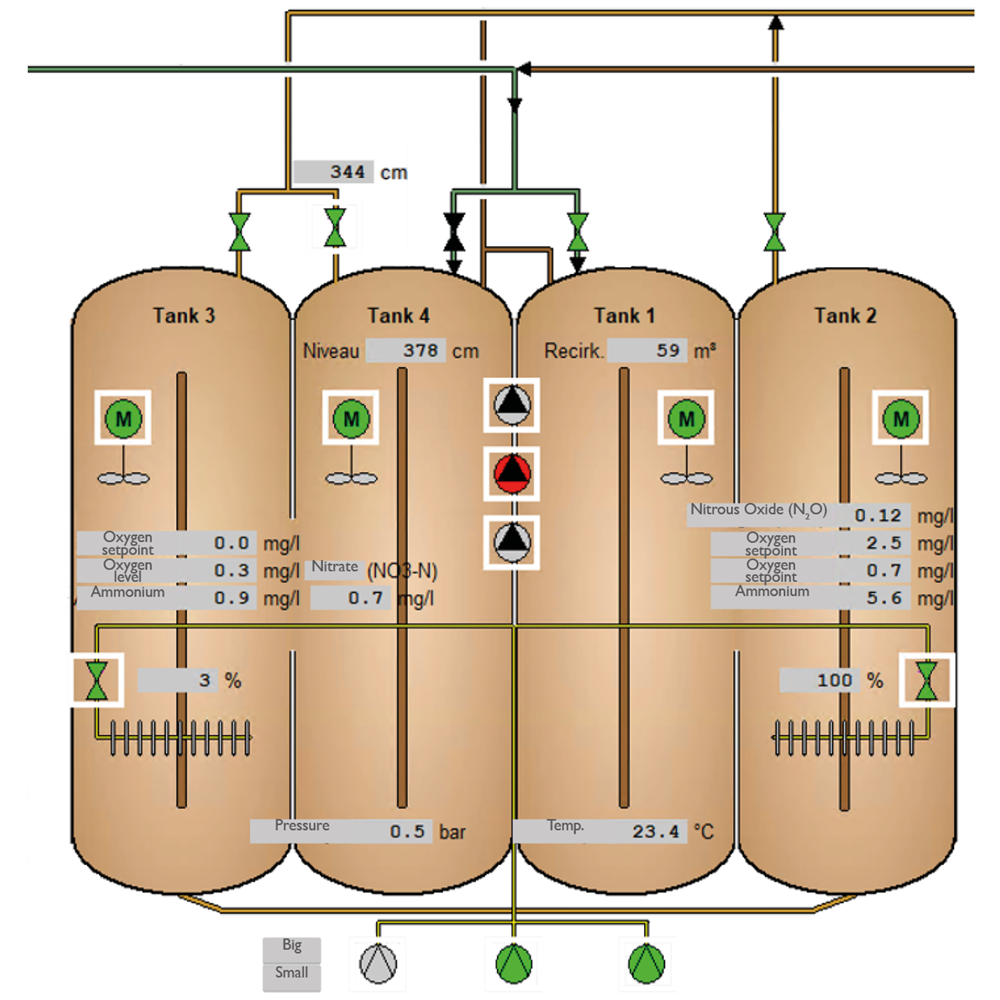
Reduction opportunities
At Kerteminde WWTP, two of their own employees developed a method to control the formation of nitrous oxide in their own PLC system through observation and analysis of data. One of their key observations was that the formation of nitrous oxide increased significantly at the end of the aeration period.
To avoid the increase in nitrous oxide formation, they adjusted the ammonium setpoint that controls aeration. By raising the ammonium setpoint, the oxygen setpoint is lowered, resulting in both reduced nitrous oxide formation and lower energy consumption. At the same time, they maintain low nitrogen emissions.
In 2023, Kerteminde WWTP was able to update the treatment plant's emission factor to 0.30%. This time based on actual measurements of nitrous oxide emissions. With this improved data, the treatment plant has now begun further process optimization to meet their ambitious goal of achieving climate neutrality by 2030.
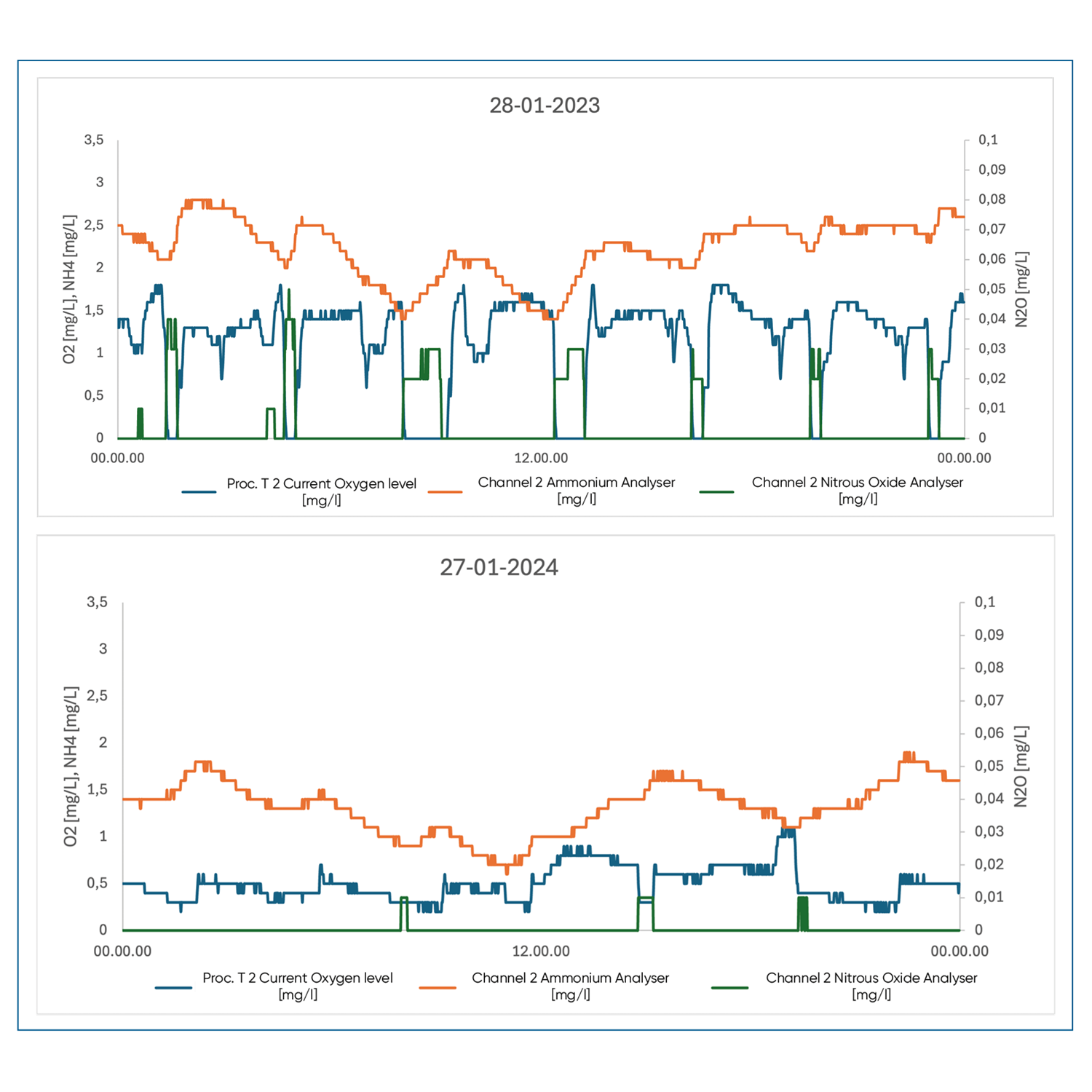
Reliable sustainability accounting
Nitrous oxide emissions can vary significantly depending on the season and facility. To obtain an accurate sustainability account, it is crucial to perform long-term measurements. Here are the factors Kerteminde WWTP considered when using nitrous oxide data from Unisense Environment's sensors in their sustainability accounting:
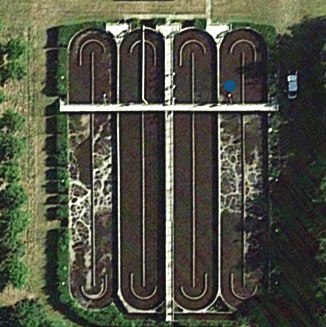
Conclusion
Kerteminde WWTP has prioritised getting an overview of and a method to reduce nitrous oxide emissions in the biological tanks at the treatment plant. Their efforts bring them closer to their goal of climate neutrality by 2030 and show how precise measurements and data analysis can play a key role in reducing the carbon footprint of wastewater treatment plants.
Authors: Jette Dirksen & Carsten Kock, Kerteminde Forsyning www.kertemindeforsyning.dk, Pernille Højmark Hansen, Unisense Environment
Literature
IPCC - Intergovernmental Panel on Climate Change, “2019 Refinement to the 2006 IPCC Guidelines for National Greenhouse Gas Inventories”, 2019.
1 Miljøstyrelsen, 2020, "MUDP Lattergas pulje - Data opsamling på måling og reduktion af lattergasemissioner fra renseanlæg", https://www2.mst.dk/Udgiv/publikationer/2020/12/978-87-7038-254-0.pdf
Climate Goals
Tech Notes & References
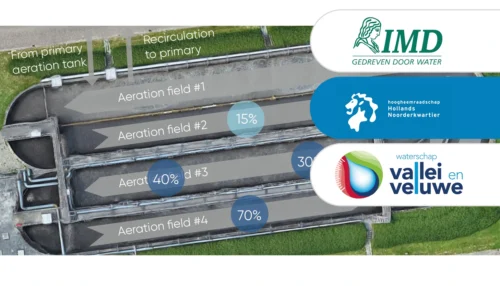
Two liquid phase N2O sensors accurately represent process dynamics and emissions in most common raceway and recirculation reactors.
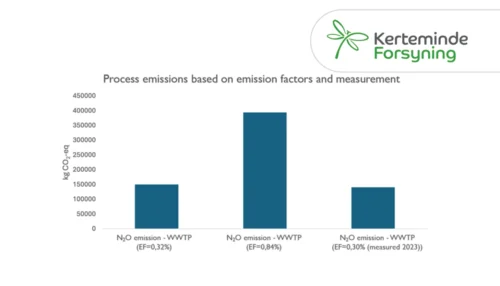
Learn how Kerteminde Forsyning applied nitrous oxide data to reduce the formation of N2O while maintaining low nitrogen emissions
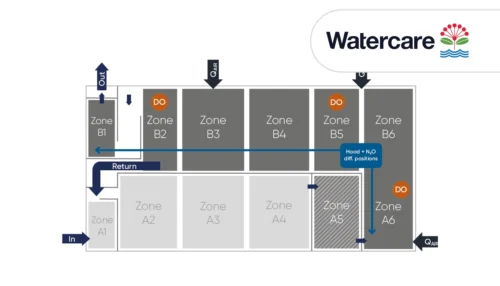
Case Study: Full-scale comparison of N2O emissions determined by liquid sensors and off-gas measurement
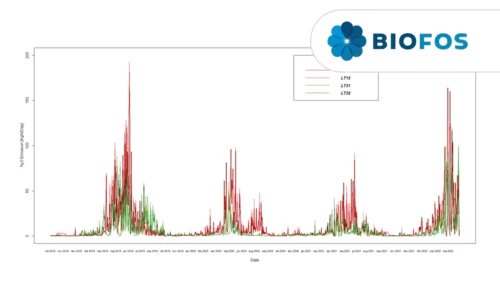
Significant 3-fold increase in IPCC2019 wastewater N2O emission factor supported by Danish studies.
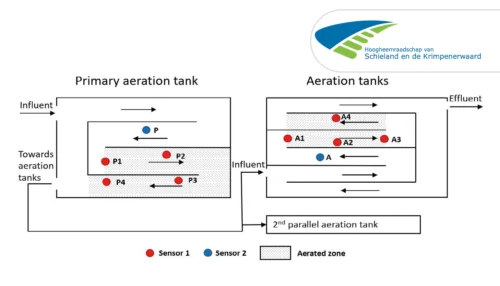
A case study from Kralingseveer WWTP in the Netherlands explores the influence of sensor placement.
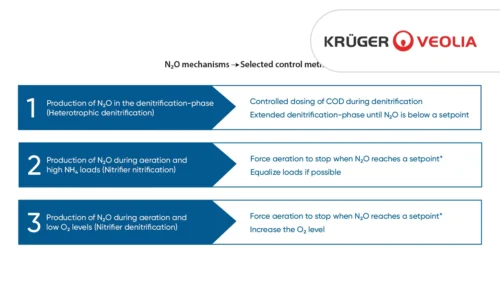
Based on data from Danish WWTPs through advanced online-control.
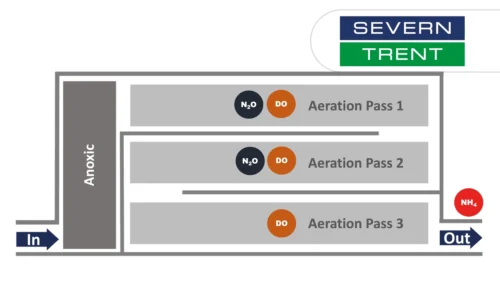
Learn about the results from N2O monitoring in the activated sludge tanks at Severn Trent’s Spernal sewage treatment plant
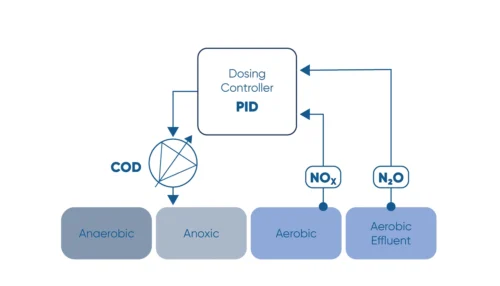
Monitor the N2O concentration in the liquid and use N2O as a control parameter for carbon dosage in the denitrification process.
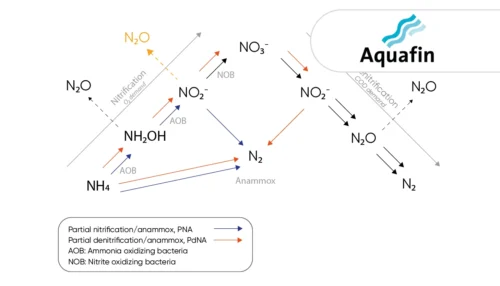
Learn how the water utility Aquafin controls emissions from deammonification processes using the the N2O Wastewater Sensor
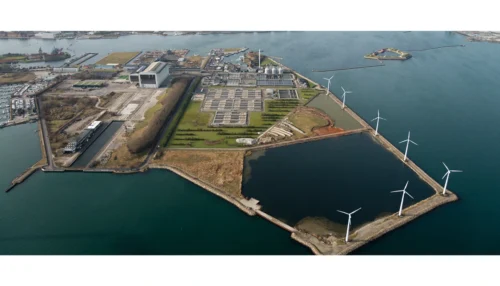
Greenhouse gas emissions at wastewater treatment plants are coming into focus as the water industry works to reduce its climate footprint
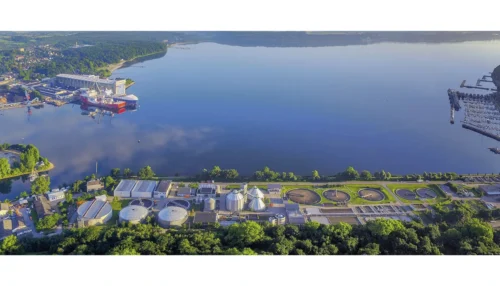
The investment costs had initially deterred us somewhat. However ...
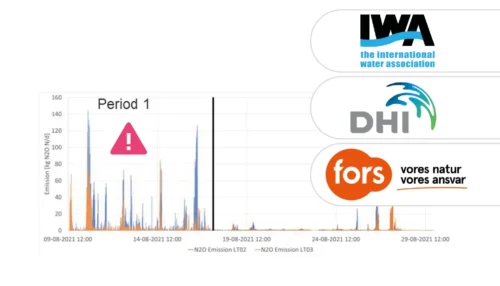
A study of three very different WWTPs in Denmark: Bjergmarken (125,000 PE), Holbæk (60,000 PE), and Hvalsø (11,570 PE)
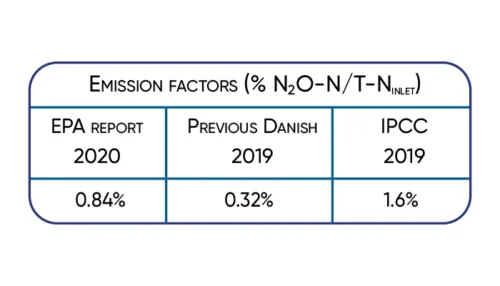
The available data show that the nitrous oxide emission varies in time and between wastewater treatment plants.
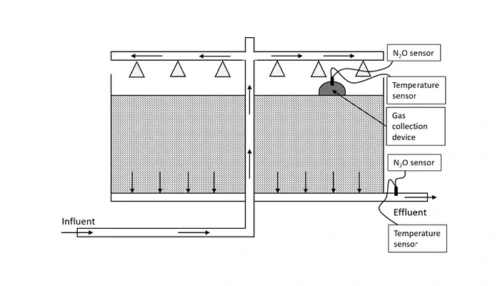
Information regarding N2O emissions from trickling filters is limited, partly caused by the difficulties in capturing off-gases.
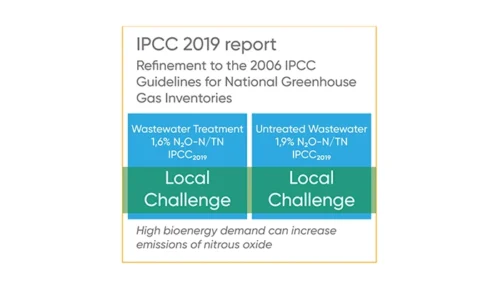
Significant 3-fold increase in IPCC2019 wastewater N2O emission factor supported by Danish studies.

